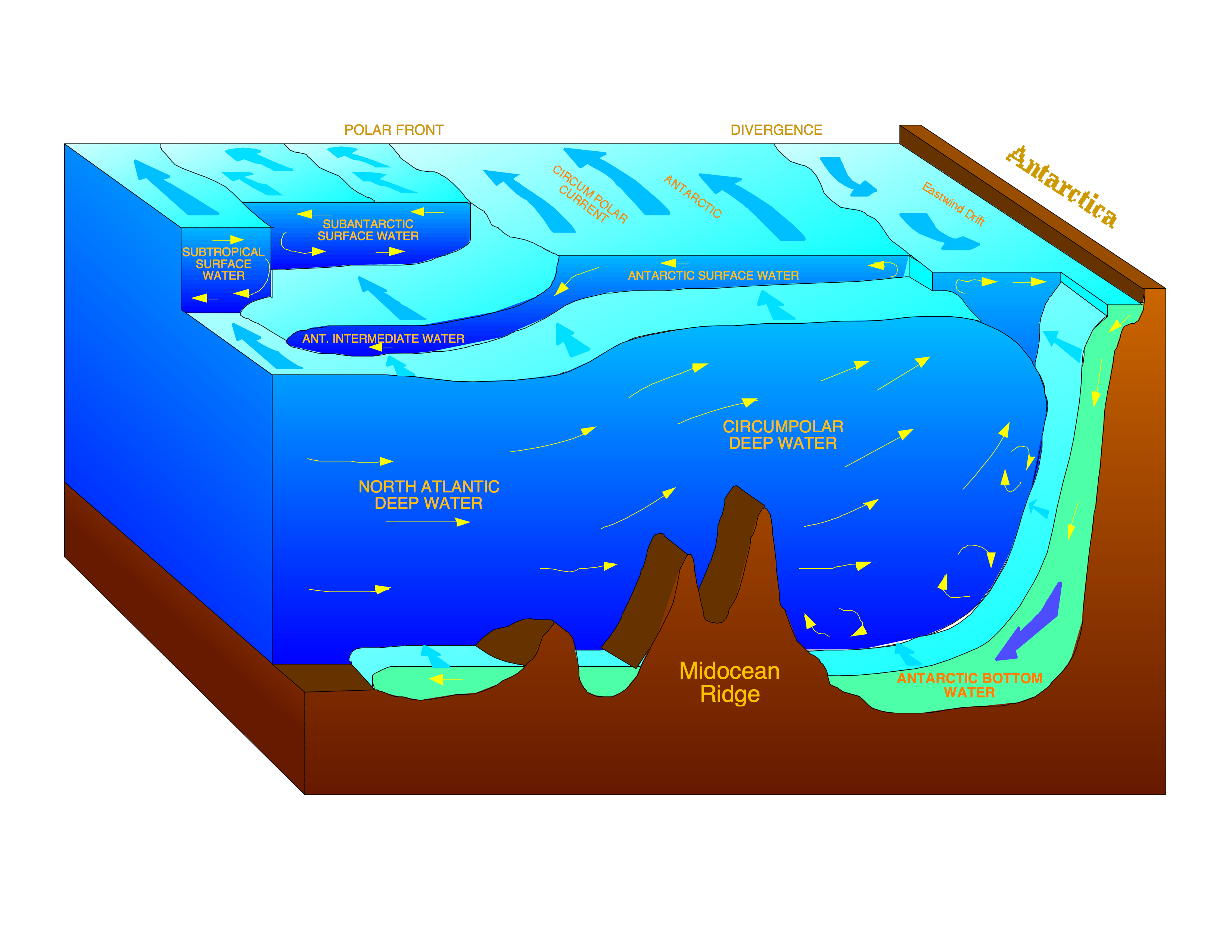The Atlantic Ocean, it turns out, has a saltier surface than the Pacific Ocean but the question is why?
The answer is kinda difficult, which is a different thing than being complex, but I'll give it a go.
The first thing to keep in mind is that the North and South Atlantic see different processes which contribute to their surficial salt dominance over the Pacific.
The North:
Trade winds dominate the equation here where water vapour is transported across the Istmus of Central America. Fresh water that is evaporated from the North Atlantic Sub tropcis feeds into the Pacific in the form of rain. The result is like a concentration of Salt in the Northern Atlantic while a dilution effect dominantes the Western tropical Pacific.
In the South tropical Atlantic water vapour is removed and dumped into the Antarctic circumpolar current via the domiant winds of the area. However, there is also an input of Indian Ocean Water around the southern rim of Africa that adds more salt to the equation. This Indian Ocean water influx is referred to as the Algulhas Leakage and it stems from the Alguhas current, which basically dumps some saltwater into the southern edge of the Atlantic Ocean from the Indian Ocean.
Ocean currents....kinda cool stuff.










































